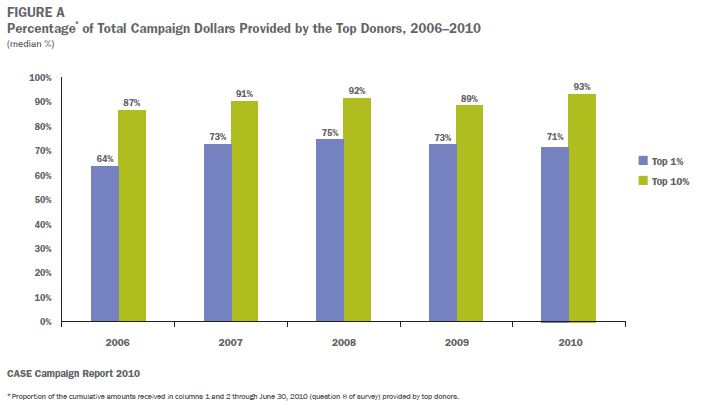Have you seen Spectre, the newest 007 edition? It’s great fun. As with recent Bond films,  technology and data play an increasingly important role in achieving success. Sound familiar? I had an “ah-ha” moment during the film that the great and vital coupling of 007 and Q (Bond’s resident tech-leveraging geek) is like the best advancement services shops. It might help your team to think the same. Here’s why:
technology and data play an increasingly important role in achieving success. Sound familiar? I had an “ah-ha” moment during the film that the great and vital coupling of 007 and Q (Bond’s resident tech-leveraging geek) is like the best advancement services shops. It might help your team to think the same. Here’s why:
- Partnership. The movies show a team that works together for a common cause. Each team member has a role and, if they perform it well, the other is clearly buoyed.
- Anticipation. Q is working hard in advance of requests from 007. In our profession, we should be, too. Instead, I see too many of us waiting for specs from folks who frankly may not know (how to ask for) what they want until they see “it”. So, with Q, he has “it” produced so 007 can assess and use what makes his job easier.
- Acceptance. Bond will be Bond. He steals a car, oh well. He escapes a government-mandated lock-down…well, what did you expect, he has to go save the world. Does Q stop supporting his colleague? Nope. He realizes that 007’s skill set is such that following the rules may not fly at times. The same goes for our best fundraising colleagues. Instead of chastising, Q enables in order to get the most out of a top performing employee. We should do the same with better service (such as via admin support), better self-service, and more understanding of the rigors of international spy…er, fundraising work.
- Quality. At the end of the day, Q produces amazing products that serve 007’s needs, which keeps 007 coming back for more. That sort of quality-based symbiotic is what we all need in our shops. Brand, look-and-feel, ease of access, accuracy–all of these play a role in our colleagues’ perception of the quality we produce.
Am I missing a few key details? Yes. At one point in the film, Q mentions a prototype cost the Queen 3 billion pounds. Most of us don’t have that budget lying around, do we? Our work is sometimes more mundane than saving the planet from evil, so the urgency and intensity of our roles will be different. And, we all know that not everyone in the British intelligence agency gets as much attention as Bond, which is similar to what happens in our own teams. But, as with any good film, we shouldn’t let reality get in the way of a good plot.
Those potential obstacles (and probably dozens of other objections) notwithstanding, think for a minute about your advancement services shop as Q partnering with 007, anticipating needs and accepting “shortcomings” while delivering the level of quality that keeps the user coming back for more. Sounds pretty good doesn’t it? Get to it, Q.




